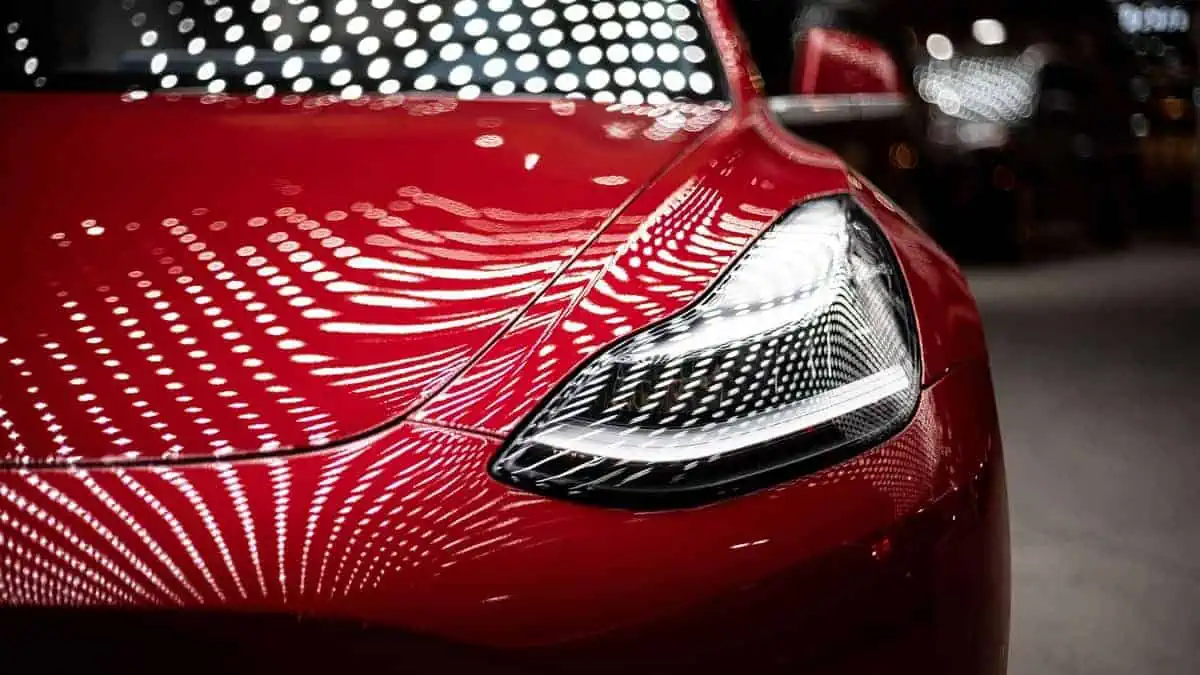A revolutionary study finds charging station placement could end the need for new power plants.
National and global efforts to combat climate change include ramping up the use of electric vehicles and increasing the proportion of electricity generated from renewable sources. However, meeting peak loads in the evening when vehicles are charged may necessitate costly new power plants, according to specific forecasts. Additionally, the overproduction of electricity from solar farms during the day may result in the loss of valuable electricity generation capacity. MIT researchers have discovered a possible solution to these problems without relying on advanced technological systems in a new study. That may involve linked devices and real-time communications, which can be costly and energy-intensive. Instead, the solution could be strategically placing charging stations for electric vehicles (EVs) and setting up systems to initiate car charging at staggered intervals.
The journal Cell Reports Physical Science has published the study authored by MIT researchers Zachary Needell, PhD ’22, postdoctoral fellow Wei Wei, and Professor Jessika Trancik from the Institute for Data, Systems, and Society.
Using data collected from onboard devices in vehicles and carefully sampled surveys of the population’s travel behaviours, the researchers analyzed travel patterns in two cities: New York and Dallas. The data revealed the times of day that cars were used and for how long. It also revealed the amount of time spent at various locations, including residential areas, workplaces, shopping centres and entertainment venues.
‘Where should we strategically place chargers to support EV adoption and the power grid?’ is a question that Trancik’s research has finally ’rounded out the picture’ on,” says Trancik.
Installing more charging stations at workplaces can help utilize the midday peak solar power production that would otherwise go to waste due to insufficient storage capacity. Thus, Workplace charging stations can reduce the evening peak load from EV charging and utilize the surplus solar electricity output. The effects on the electric power system are substantial, especially if the system must accommodate charging requirements for a fully electrified fleet of personal vehicles during times of high electricity demand, such as hot summer days. The researchers found that uncontrolled peaks in EV charging demand during evening hours could necessitate an increase in power-generation capacity by up to 20%.
“Slow workplace charging can be preferable than faster charging technologies for enabling a higher utilization of midday solar resources,” Wei says.
The study suggests that delayed home charging and using a simple app could solve the increasing grid demand caused by the rising popularity of electric vehicles (EVs). Instead of requiring centralized control of charging cycles, the app estimates the time to begin charging to be ready before the vehicle is needed the next day. The system can be preprogrammed and doesn’t require inter-device communication, making it an effective solution to the problem. The researchers also emphasized the importance of making charging stations available in on-street parking locations and apartment building parking areas to encourage EV adoption.
Trancik emphasizes the importance of integrating workplace and delayed home charging to tackle peak electricity demand, harness solar energy, and consistently satisfy drivers’ charging requirements. The study supports the notion that home charging is a crucial element of a well-planned charging network, whereas workplace charging is not a feasible alternative. “Given that there’s a lot of public money going into expanding charging infrastructure,” Trancik says, “how do you incentivize the location such that this is going to be efficiently and will integrated into the power grid without requiring a lot of additional capacity expansion?” This research’s findings provide valuable direction for policymakers seeking to prioritize their rules and incentives effectively. “I think one of the fascinating things about these findings is that by being strategic, you can avoid a lot of physical infrastructure that you would otherwise need,” she adds. “Your electric vehicles can displace some of the need for stationary energy storage, and you can also avoid the need to expand the capacity of power plants by thinking about the location of chargers as a tool for managing demands — where they occur and when they occur.”, said Trancik. She also remarked, “It’s basically incentivizing people to begin chargingis can be something that is preprogrammed into your chargers. You incentivize people to delay the onset of charging by a bit so that not everyone is charging at the same time, and thasimultaneouslye peak.”
To take part in this program, participants must be willing to commit in advance. “You would need to have enough people committing to this program in advance to avoid the investment in physical infrastructure,” Trancik says. “So, if you have enough people signing up, you don’t have to build those extra power plants.” “If you want electric vehicles to act as an effective storage technology for solar energy, then the [EV] market needs to grow fast enough to be able to do that,” s.
To strategize the allocation of public funds to maximize impact, she says, “You can incentivize charging installations, which would go through ideally a competitive process — in the private sector, you would have companies bidding for different projects, but you can incentivize installing charging at workplaces, for example, to tap into both of these benefits.”
By charging at home, individuals can avoid inconvenience and disruption to their travel activities while still meeting their charging needs.
This study was made possible through financial support from the European Regional Development Fund Operational Program for Competitiveness and Internationalization, the Lisbon Portugal Regional Operation Program, and the Portuguese Foundation for Science and Technology.






